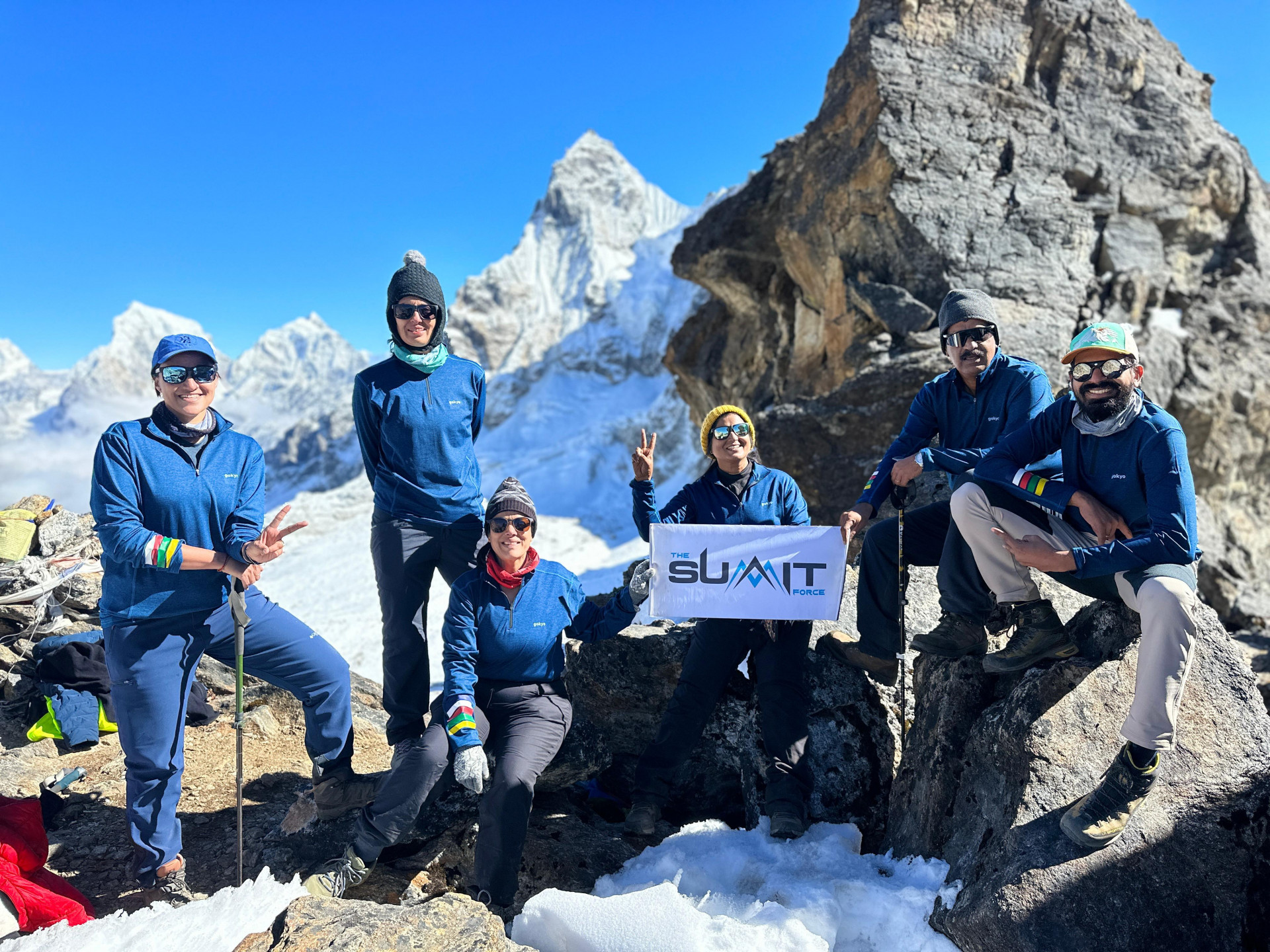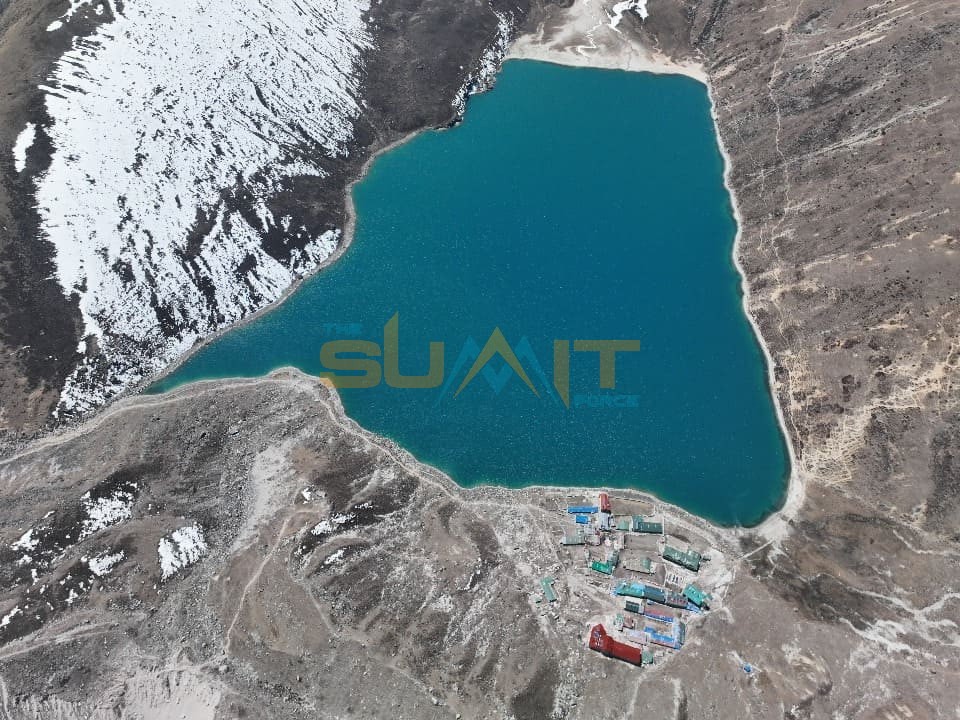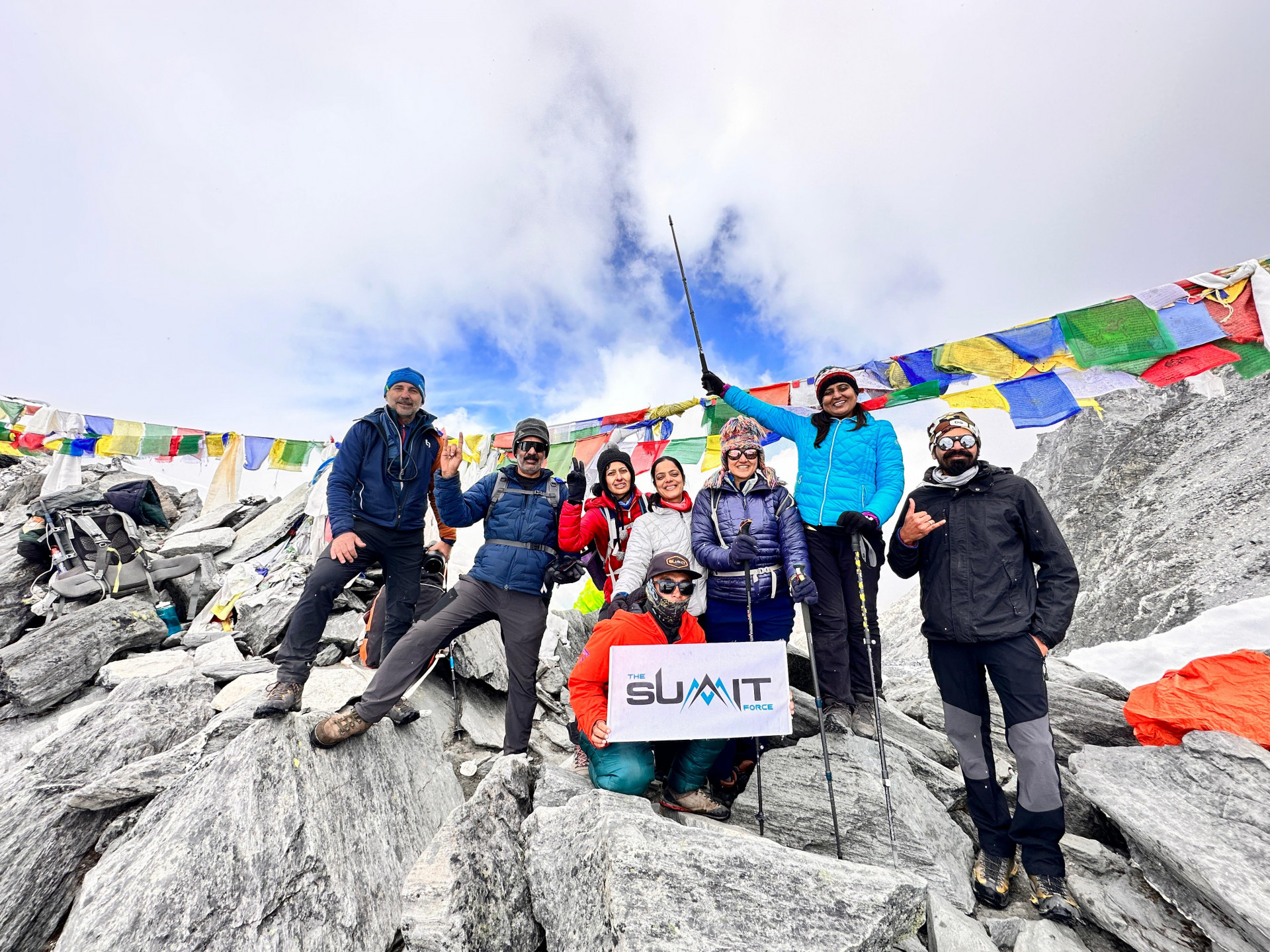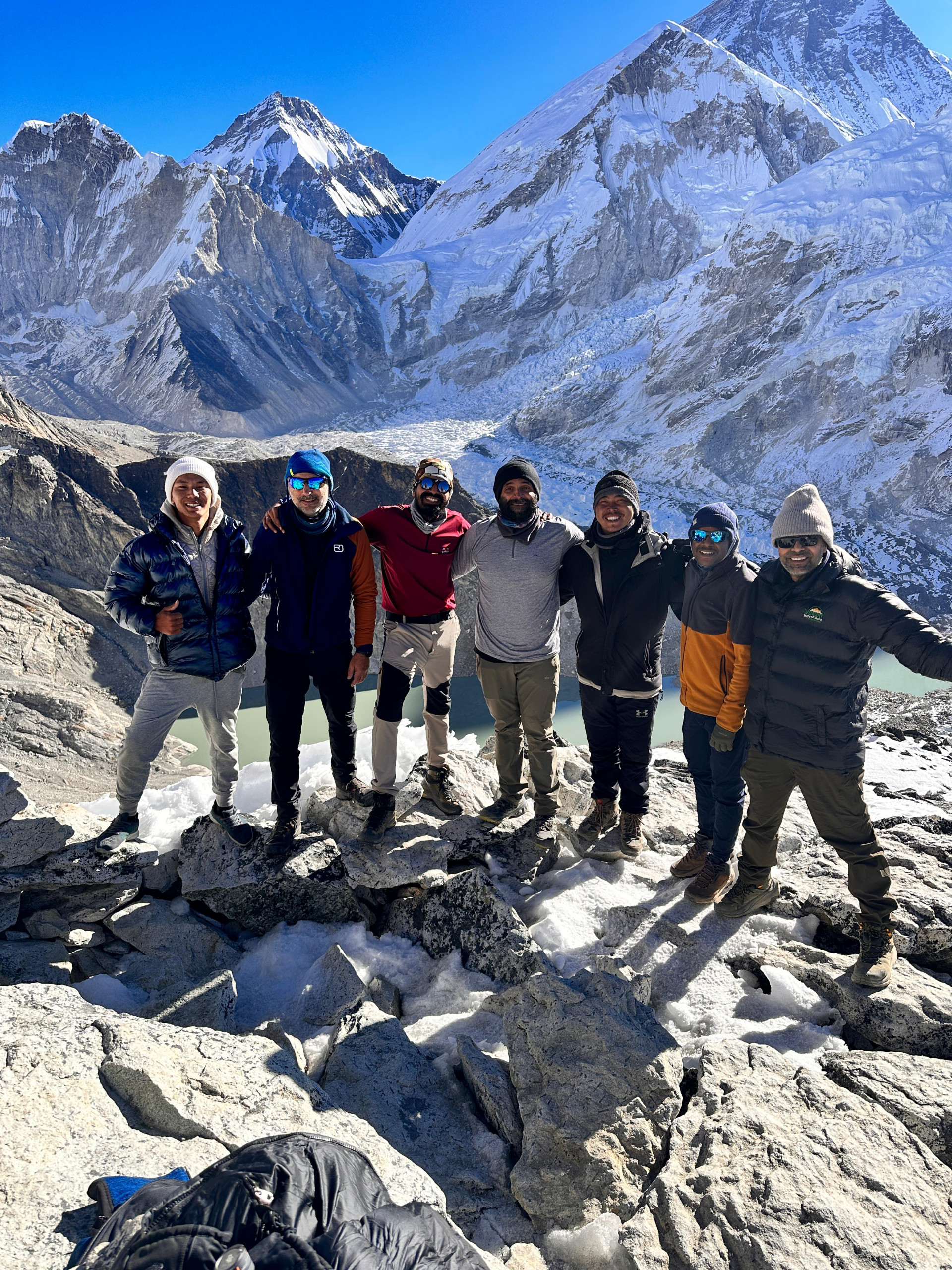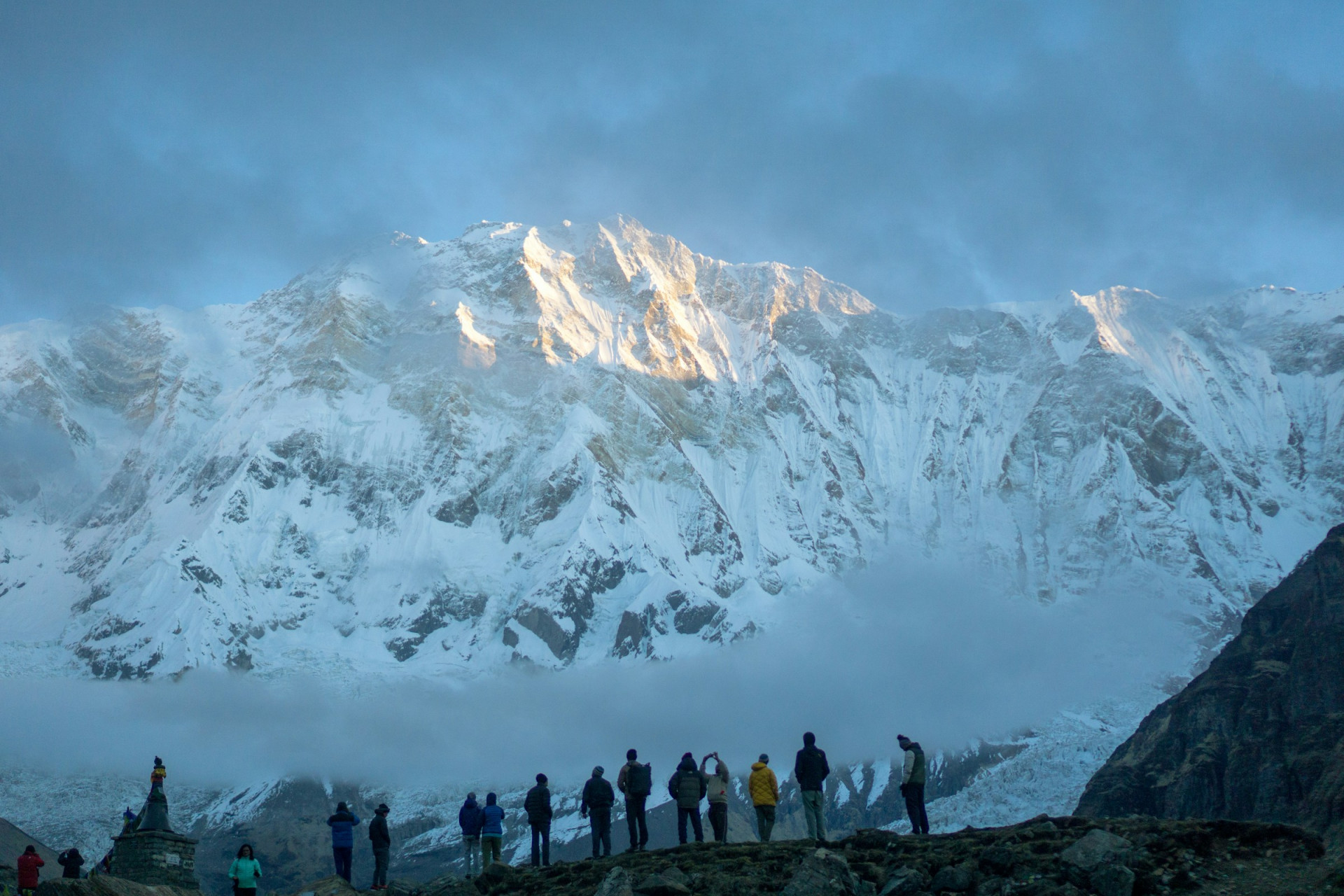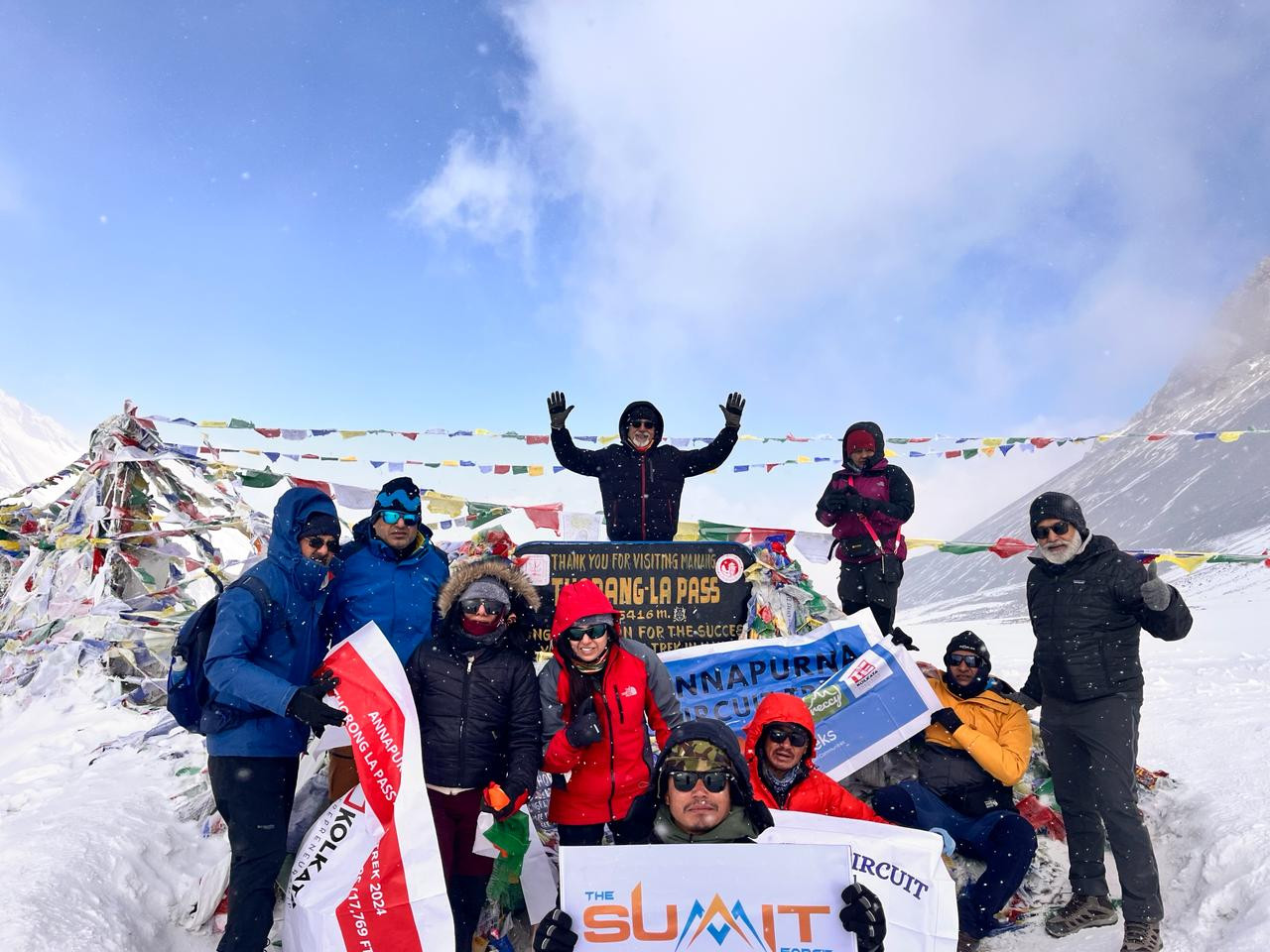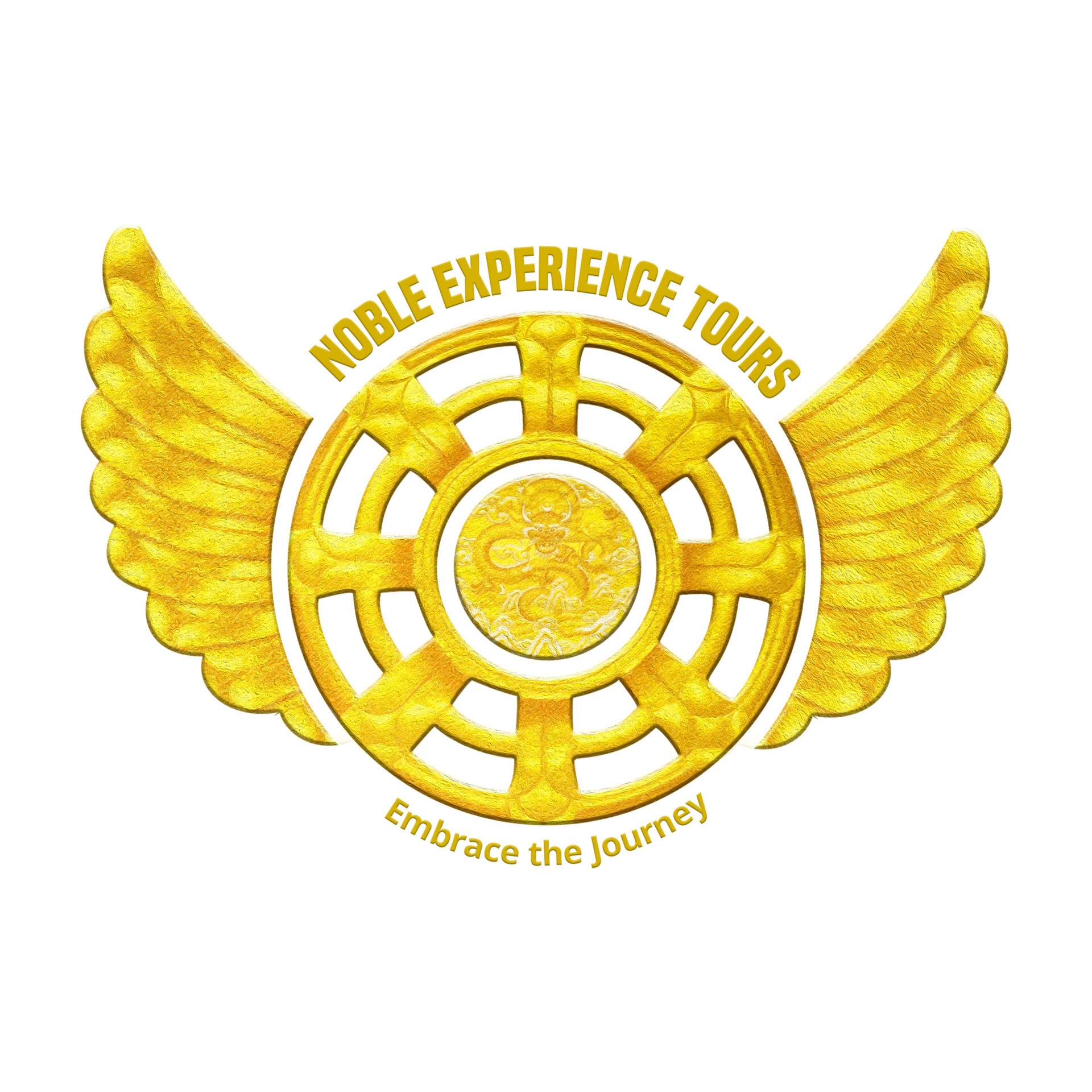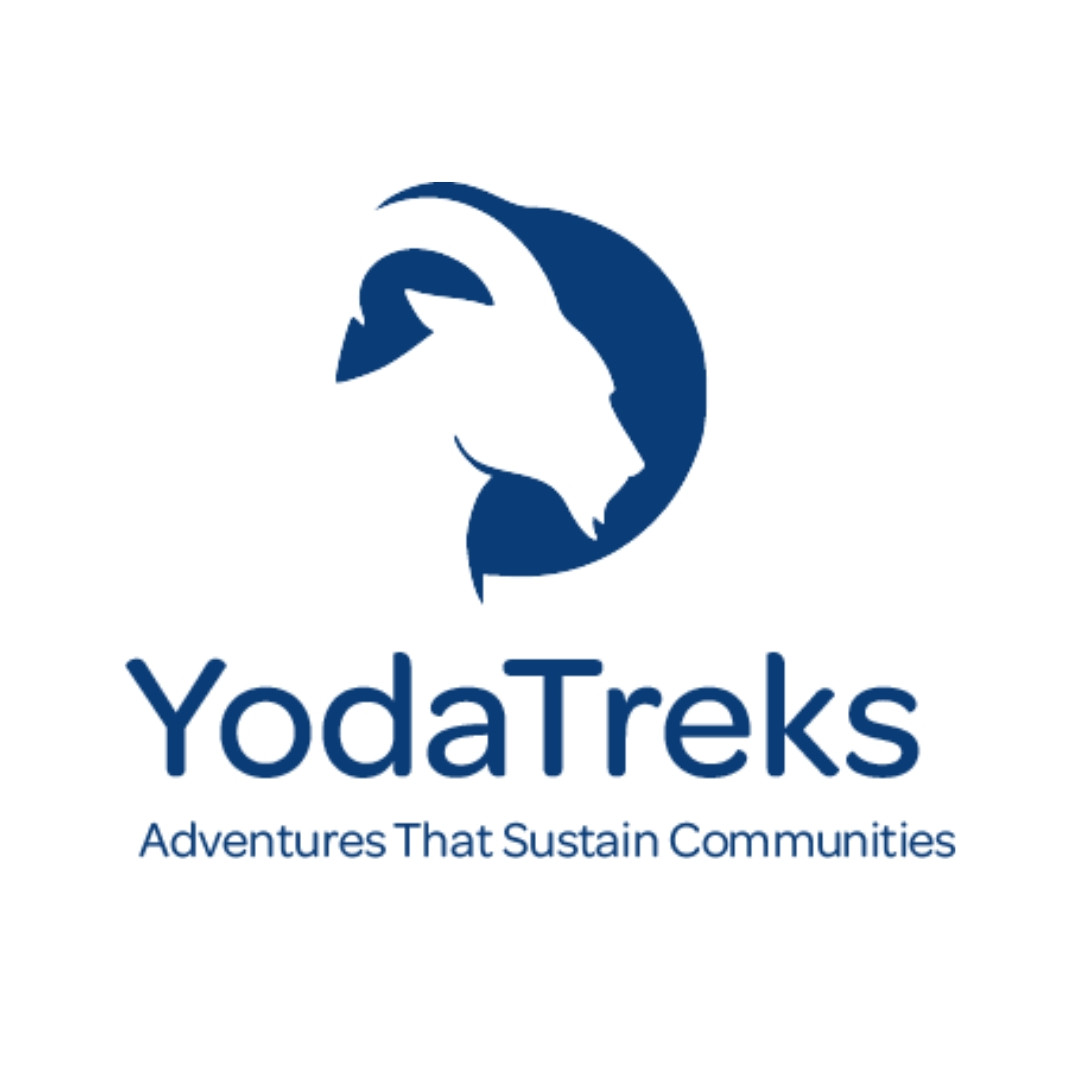Everest Three High Passes Trek is one of the longest and most adventurous trekking journeys that include three challenging high passes over 5000 meters - Khongma La Pass (5540 m), Cho La Pass (5,400m) and Renjo La Pass (5340 m). This trek got well recognized in the world as one of the most daring trekking routes. It is definitely challenging but it is doable for those who are fit and have mountain and altitude experience. This trek is also one of the best ways to explore the Everest region.
The journey begins with 5 to 6-hour drive from Kathmandu to Ramechhap airport to take a flight to Lukla , the gateway to the Everest region and then trek to Phakding. After staying overnight at Phakding, we commence our trek next morning passing through beautiful farmland, traditional Sherpa settlements, the fast- flowing rivers, Sagarmatha National Park and Buddhist monasteries. You will need to spend one extra day at Namche Bazaar for getting properly acclimated. It is the popular busy market town with hotels and restaurants. During your stay at Namche bazaar, you will enjoy the spectacular Himalayan Mountain views and have an opportunity to visit Buddhist monasteries, Sherpa museum. Namche, a hub of all trekkers and climbers, looks like a horse-shoe shape around the valley. After lunch you will spend some time walking up to Everest View Hotel to enjoy a glimpse of Mt Everest all through the way.
The list of places that you are going to explore is extensive during the trek. Leaving Namche, you will head to Thame village where you will visit the oldest Tibetan Buddhist Monastery in the Khumbu area. From Thame you will enjoy the extraordinary views of the Himalayas. Next, you will visit the large Sherpa village called Marlung at the elevation of 4,210 metre. Then, you will head towards the Renjo La pass, (5,340m). After you cross the pass, you will trek beside the turquoise Gokyo Lakes and Gokyo Ri and keep going until you cross another snow-covered Cho La, 5,400m, the second higher pass. It brings you closer to the base camp of Everest. From Kala Patthar you will enjoy the stunning close-up views of Mount Everest and sunrise. The last challenge is to cross the Khongma La pass (5,540m). From top of the pass you will be rewarded with a breathtaking panoramic view of many of the highest peaks in the Himalaya. We suggest you to get an early start on the days when you cross each pass to give yourself enough time and better to avoid the afternoon weather.
During the Everest Three High Passes Trekking you will experience the unique cultures, customs, and values of the villages mainly belong to Sherpa community. While trekking, you will frequently come across along the trekking route- monasteries, stupa, chortens, prayer wheels, and mani walls, which are symbolic of Buddhist fine arts, vibrant prayer flags, and Buddhist chants.
The best time to undertake the Everest Three Pass Trek are in the fall (September–November) and spring (March–May). The beautiful blue sky throughout these peak seasons make for breathtaking views, and the seasons are also noted for their pleasant and reliable weather. Summit Force is happy to customize this trek to suit your convenience.
Trip Highlights:
Embark on a scenic journey through the trails of Sagarmatha National Park, tracing the path alongside the Dudh Koshi River. Immerse yourself in the vibrant culture of the Sherpa community as you explore Namche Bazaar, the bustling hub of the region. Continue your adventure to Everest Base Camp and ascend Kalapathar for unparalleled views of the surrounding peaks, including Mt. Everest and Mt. Lhotse.
Challenge yourself as you cross three high passes above 5,000 meters, each offering breathtaking vistas of the Himalayas. Take a moment to revel in the beauty of Gokyo Lakes from Gokyo Ri, a vantage point like no other. Throughout your journey, encounter unique flora and fauna native to the region, adding depth to your experience.
As you trek, immerse yourself in the local way of life, enjoying the warm hospitality of the Sherpa people. Gain insight into their customs, traditions, and daily rituals, enriching your understanding of this remarkable community. This expedition promises not only adventure but also a profound connection with the majestic landscape and the resilient people who call it home.

